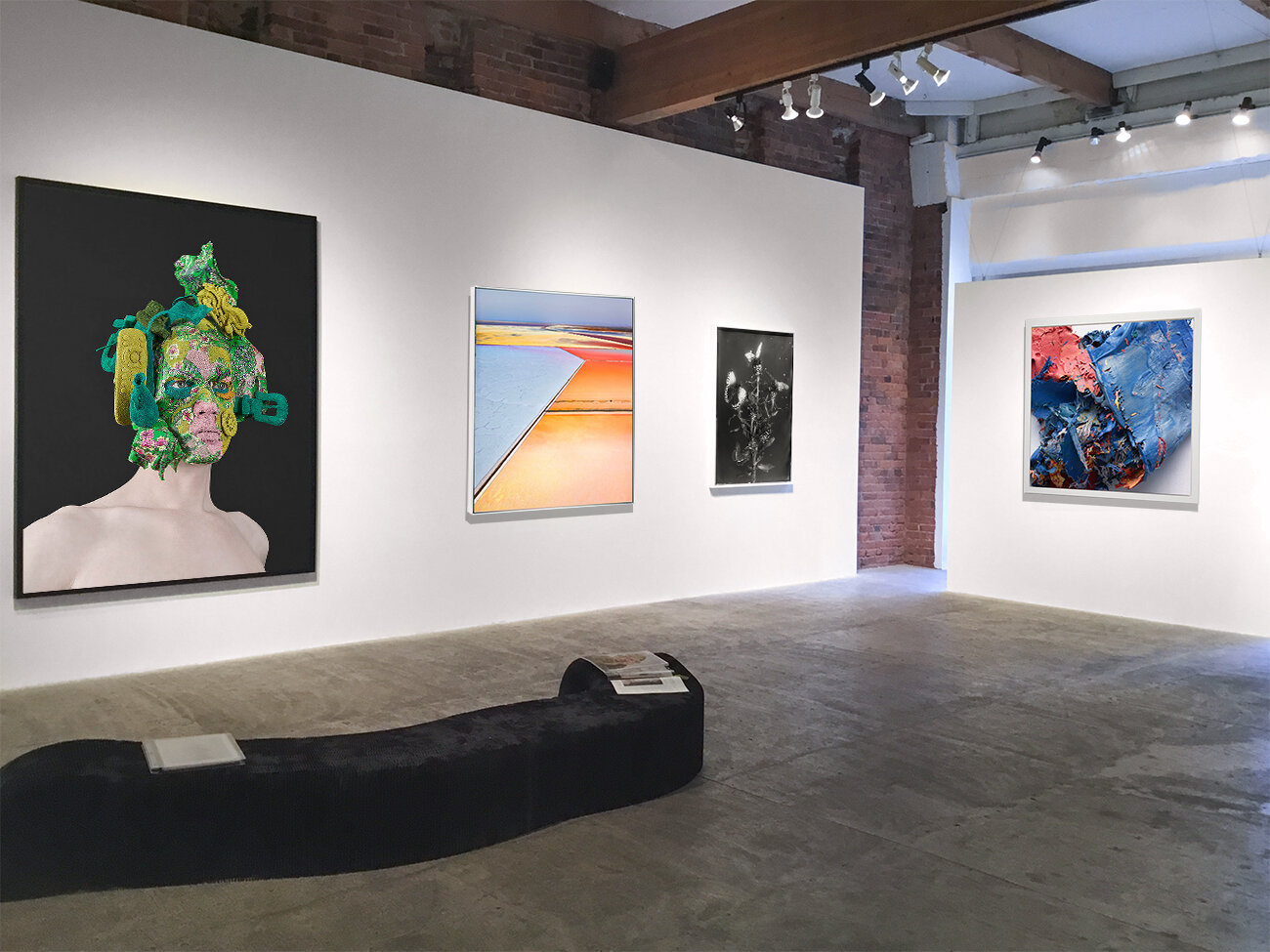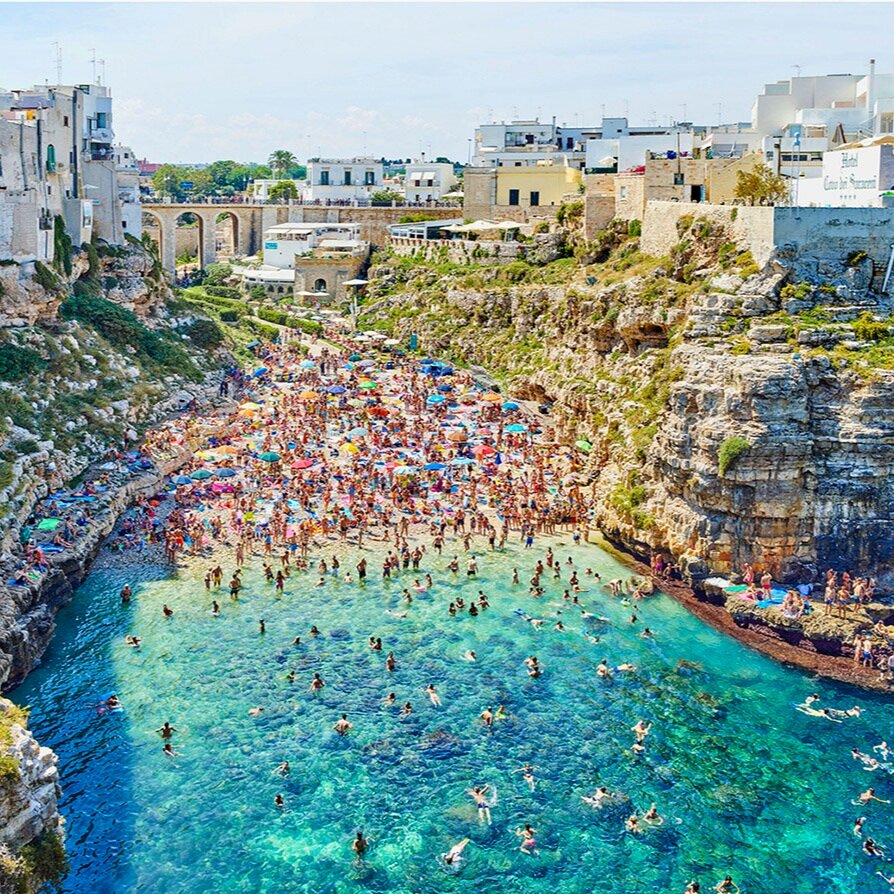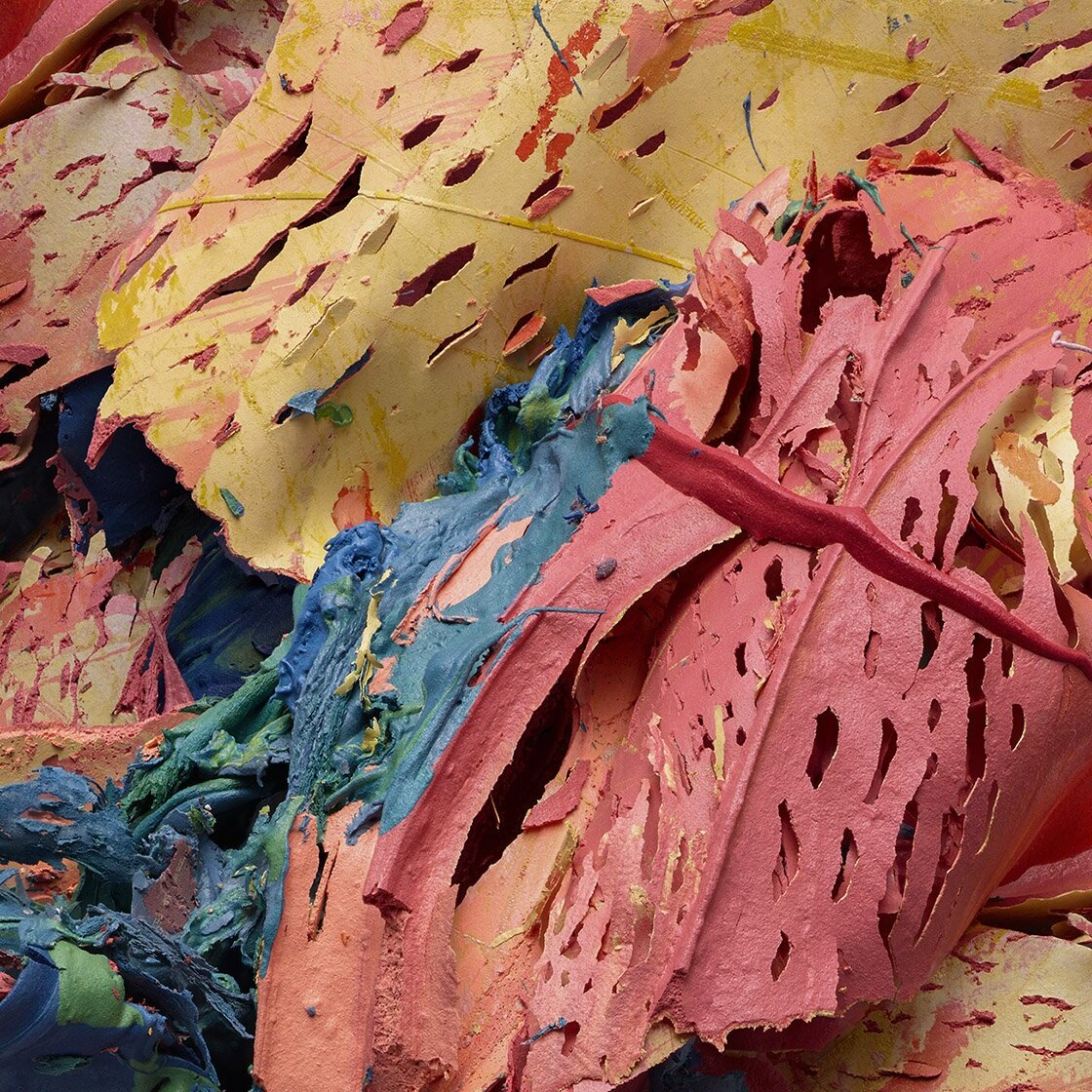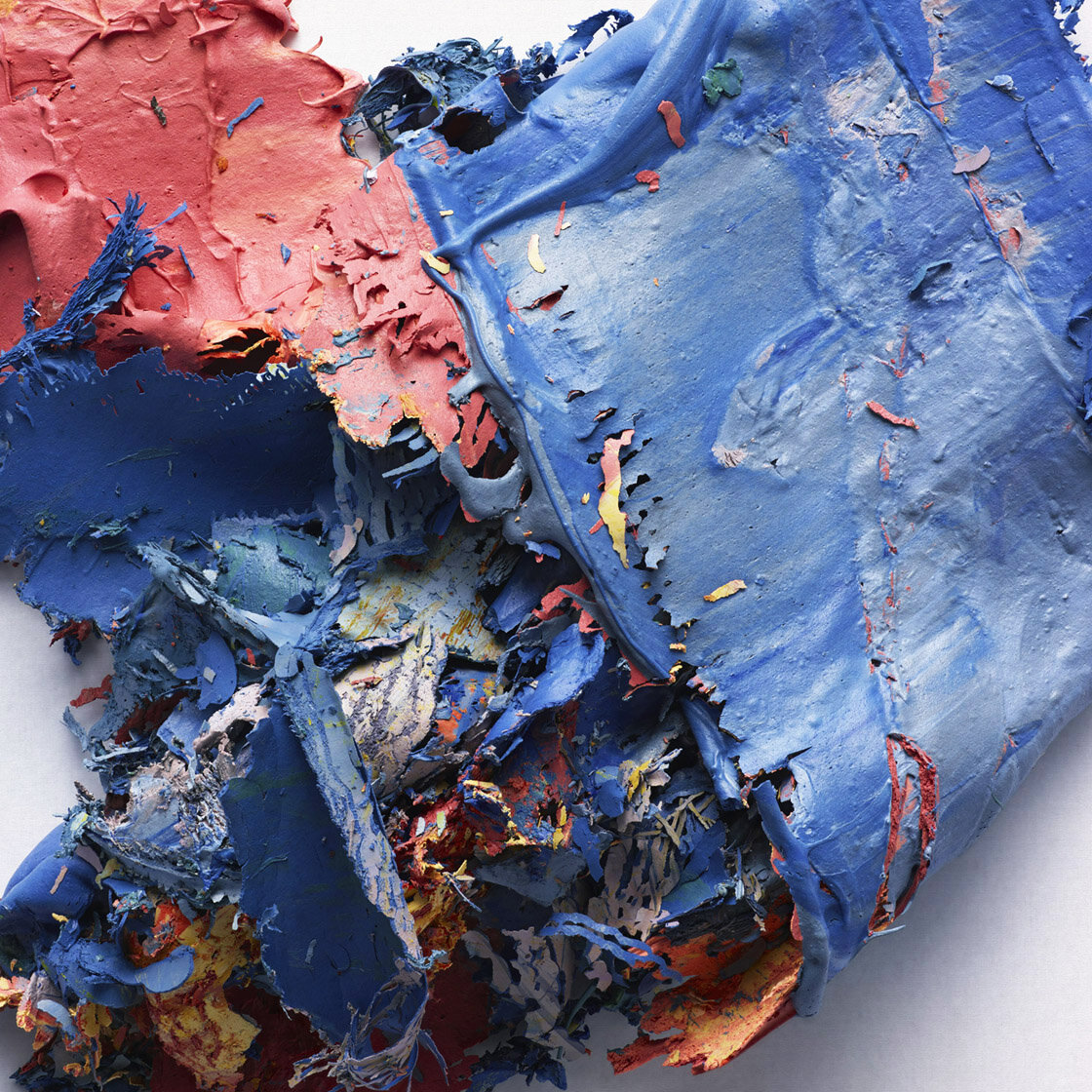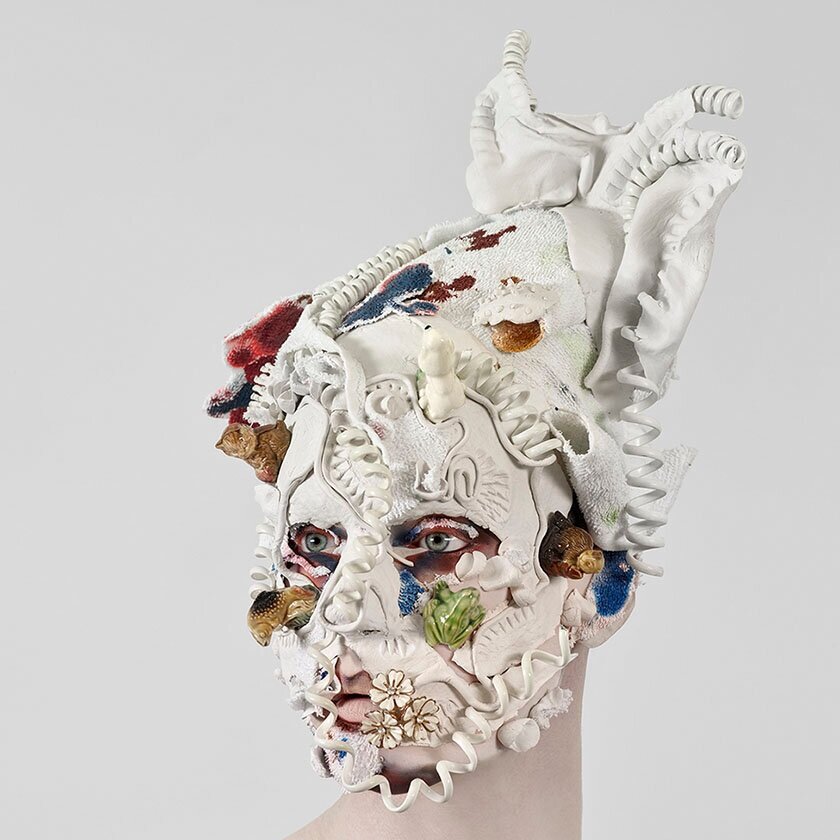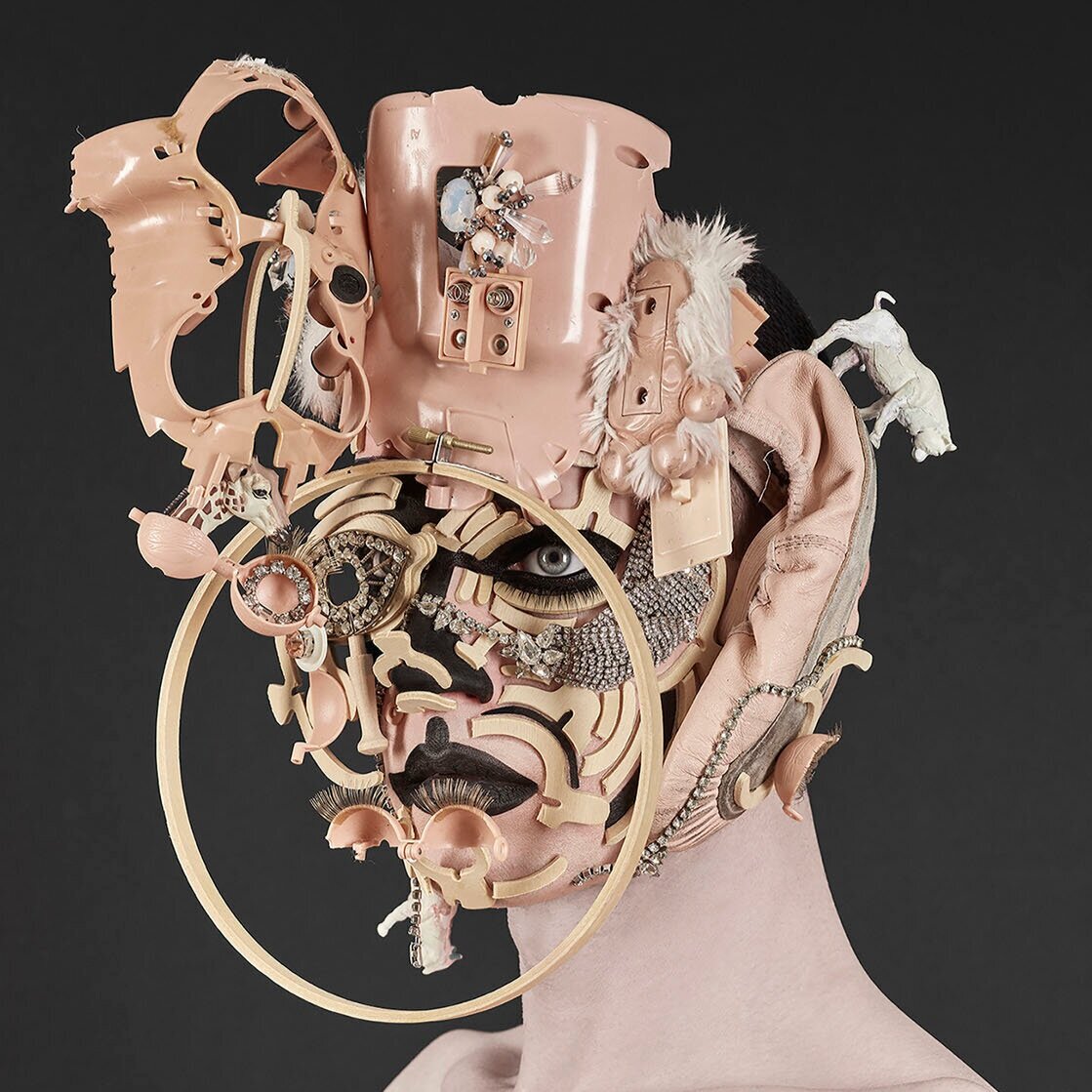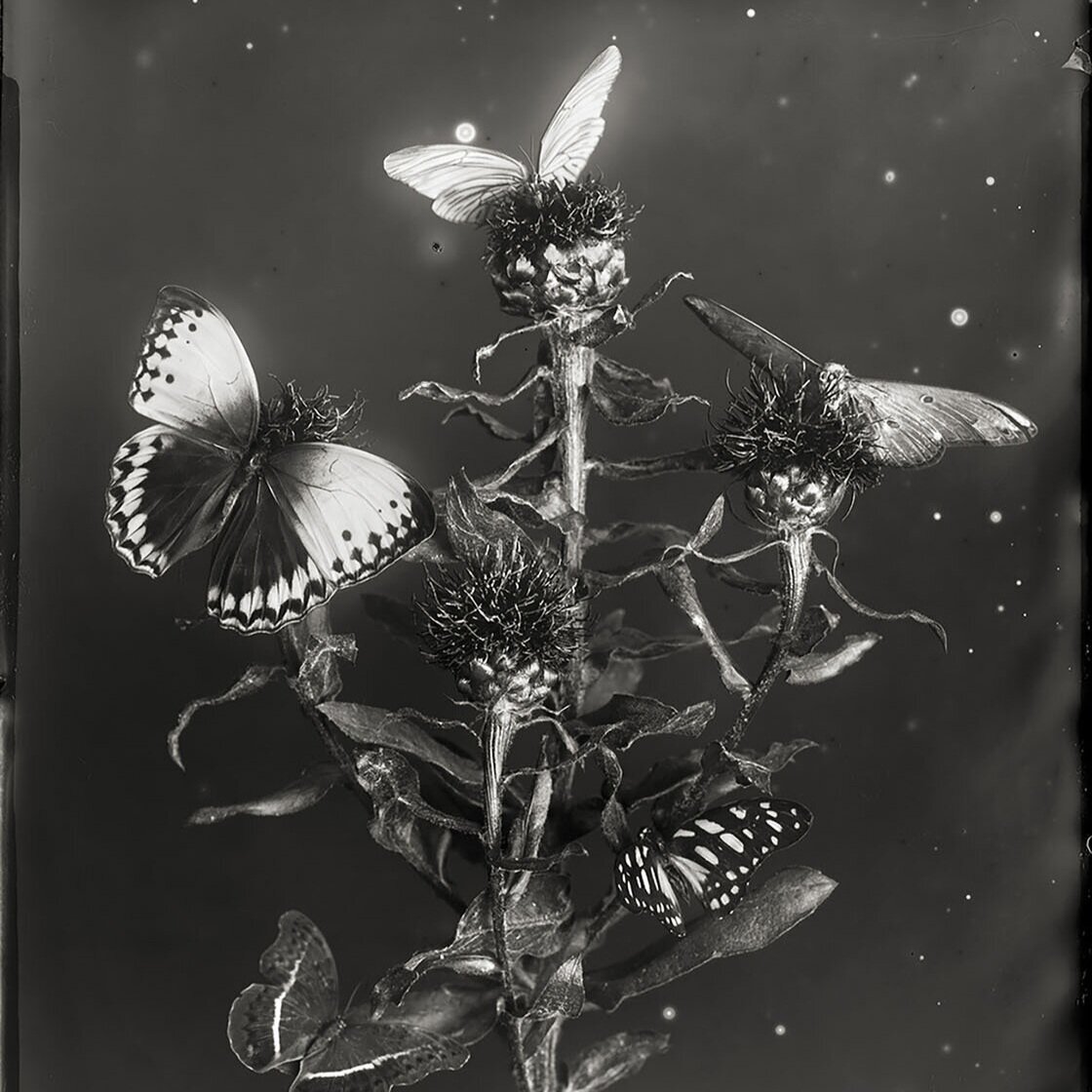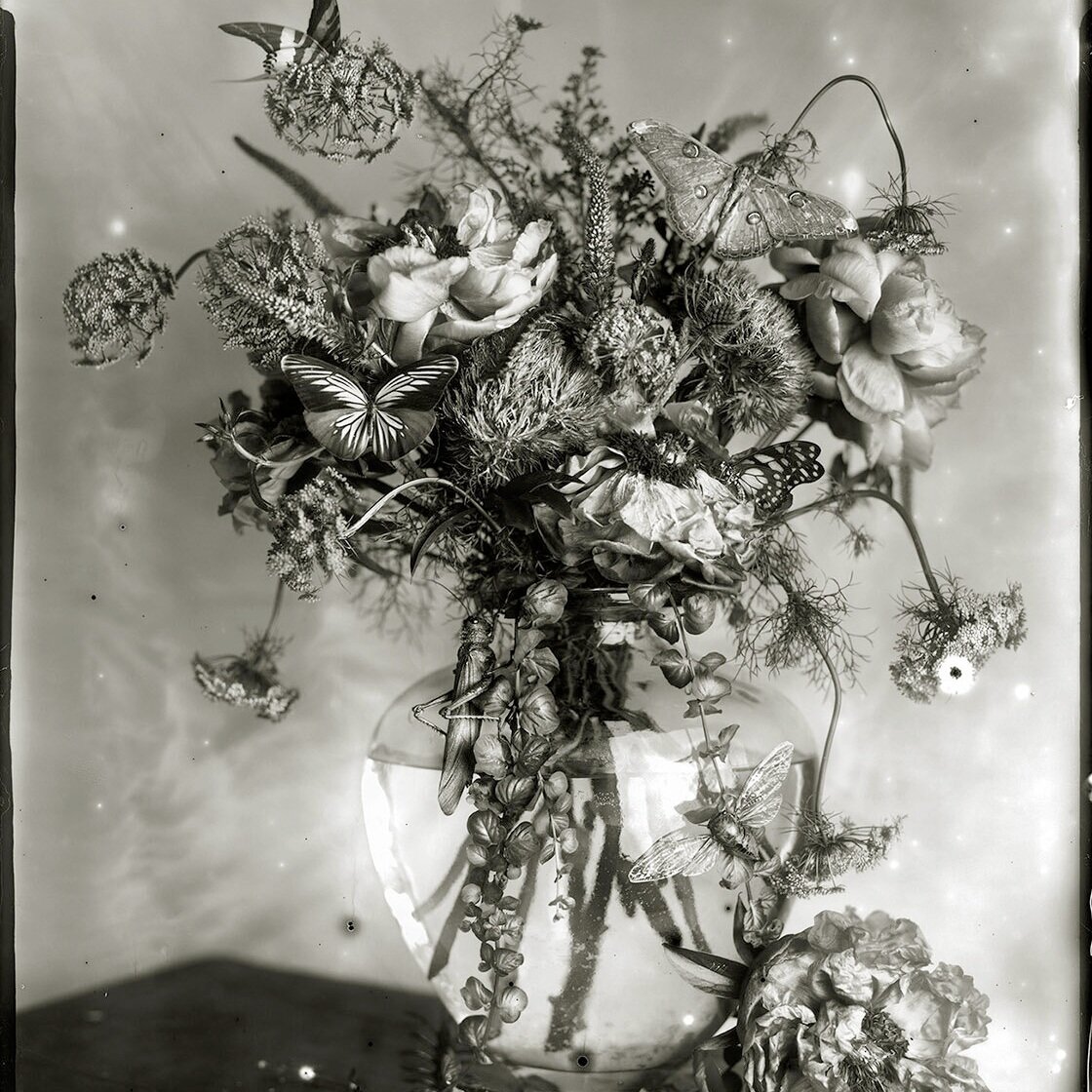Jennifer Kostuik Gallery
brings Canadian art into the front picture
JENNIFER KOSTUIK GALLERY
Four Canadian based photography artists who explore an interdisciplinary dialogue between painting, sculpture and architecture with photography: Lyle XOX, Judy D. Shane, Whitney Lewis Smith and David Burdeny. They use discarded objects, extinct plants, paint fragments and classic travel destinations in a classic portrait or still life style, presenting either an antique or hyper-materiality realism pushing the sense of 3 dimension or the sense of nostalgia in each of their art styles.
Jennifer Kostuik Gallery (Vancouver)
Jennifer Kostuik Gallery (Vancouver)
Established 1997 in Vancouver, Canada, the Kostuik Gallery represents mid-career and established Canadian, European and American artists. Several explore minimalist themes and aesthetic approaches typically based on the influence of space and nature. Their dialogue with their surrounding environments, especially the invisible, creates portrayals of beauty through composition, color, detail of material, form and light. Free standing outdoors sculptures, wall mounted sculpture, oil, acrylic and mixed media paintings and all photography formats are presented.
Since 2001, the gallery has participated in international art fairs in Miami, New York, Los Angeles, San Francisco, Palm Springs, Toronto and Montreal. Our services include small special commission and large-scale commission based projects, framing, local delivery and installation, and shipping worldwide.
Jennifer Kostuik Gallery (Vancouver)
Jennifer Kostuik, director
1070 Homer Street, Vancouver, BC V6B 2W9, Canada
www.kostuikgallery.com
@jkostuikgallery
ARTISTS
DAVID BURDENY (1968, Canada)
David Burdeny
Polignano a Mare (mid-day), Bari, Italy, 2016
Archival Pigment Print
44 x 55 in
5/10
Jennifer Kostuik Gallery
Vancouver, Canada, based David Burdeny has exhibited with the Jennifer Kostuik Gallery since 2001, showcasing his images from the world over, including Antarctica, Iceland, Brazil, China, Burma, Cambodia, France, Italy, Canada and the USA. Known for his finely composed photographs, David Burdeny has spent the past 20 years exploring a variegated photographic landscape ranging from minimal seascapes, ornate European interiors to abstract aerial images. His Oceans series present his abiding interest in the thresholds that divide and connect the sea to land. “I am fascinated with the quality of light and the spatial immensity of the ocean. I have enormous reverence for feeling so small in the presence of something so vast, where perspective, scale, time and distance momentarily become intangible”.
Flying in an open door helicopter at 250-500 feet created his popular SALT series. Burdeny had to time the shoot precisely to capture the various light reflections on the Salt Flats in Utah and in Australia.
David Burdeny on 12 Takes, 2012
Jennifer Kostuik Gallery
Jenna Garret writes on Burdeny’s tulips landscapes on Wired (2016): “His stunning photos capture the color and symmetry of the landscape and the details of individual blooms”
READ MORE
David Burdeny
Blue Quadrilateral, 2017
Archival Pigment Print
55 x 44 in
Edition of 10
Jennifer Kostuik Gallery
COMISSIONED WRITINGS
Un paisaje ordenado y fragmentado
Apuntes sobre David Burdeny de Sofía Bianco Beovide. Febrero 2021.
La expertise de David Burdeny en el campo de la fotografía proviene de la pesquisa y el estudio autodidáctico; el artista, formado en arquitectura y diseño, pone al servicio de sus inquietudes estéticas herramientas de esos campos de estudio. En el desarrollo de su obra en general y en sus series fotográficas en particular podemos ver cómo evoluciona el uso de los saberes técnicos en pos de su indagación estética. Hay una histórica relación entre estas disciplinas donde el trabajo del arquitecto-fotógrafo aparece muchas veces enfocado en la lectura y la decodificación del patrimonio arquitectónico y el espacio público. Esta visión, aunque puede observarse en trabajos tempranos en la carrera de Burdeny, no es su búsqueda principal, sino que el artista concentra su reflexión en los umbrales, los límites, las uniones; en varias de sus series fotográficas más recientes vemos el estudio de estos elementos. También encontramos en su trabajo a la arquitectura leída como un paisaje, y al paisaje natural explotado en su calidad abstraccionista, donde la luz y el color toman un rol protagónico. La serie SALT es un ejemplo de cómo el artista pone en juego estos dos enfoques de la fotografía, la aplicación de su formación en arquitectura (el especial interés en el orden y la estructuración del espacio) y el interés en el paisaje recortado, abstraído de su contexto, resaltando el rol del color y la forma.
JUDY D. SHANE (1960, Canada)
Judy D. Shane
The Painted Photograph: Remnants #474 V2, 2017
Archival Inkjet Print, 100% Cotton Paper, Aluminum Mount, UV Protective Layer
17,25 x 17,25 x 1,375 in framed
Jennifer Kostuik Gallery
Vancouver, Canada based Judy D. Shane explores an interdisciplinary dialogue between painting and photography that question the space between the two disciplines from both manual and digital perspectives. Her lens-based art practice is informed in part by her previous career as a visual effects compositor in the television and film industry where she received nominations for an Emmy Award (Best Visual Effects, 2001), a Gemini Award (Best Visual Effects, 2001) and two Leo Awards (Best Visual Effects in a Dramatic Series, 2001). By using focally stacked macro photographs to examine the micro world of the hand painted brushstroke, she creates large-scale photographic digital composites that exhibit a hyper-materiality and a three-dimensional realism while remaining rooted in a two-dimensional format. These artworks yield a magnified sense of rich colour and visual minutia of the original subject matter, details which would otherwise be difficult to observe with the naked eye. Shane intentionally creates only one original lens-based artwork rather than a numbered edition usually associated with photographic art practices.
Judy D. Shane
The Painted Photograph: Remnants #482 V1, 2017
Inkjet Print on Cotton Watercolour Paper, Mounted on Aluminum
52,25 x 52,25 x 1,75 in framed
Jennifer Kostuik Gallery
ESTE Journal | Judy D. Shane
Jennifer Kostuik Gallery
LYLE XOX (Canada)
Lyle XOX
The Porcelain Menagerie, 2020
Archival Pigment Print on Legacy Barta Paper (Dibond Mount with UV laminate)
49 × 37 × 1,75 in
Edition of 10
Jennifer Kostuik Gallery
Our consumerist culture is filled with obsolete objects, many of which are passed the point of use. For Lyle XOX, these discarded objects are more than their materials—they are filled with artistic possibility. This exciting new Vancouver based challenge notions of masculinity and femininity, embracing a spirit of duality and joie de vive.
“The truth is that Reimer is a seasoned craftsman who worked at M.A.C. for sixteen years, and on April 27, 2013, under the nom-de-web Lyle XOX, he posted on Instagram the first image of what became a huge and global artistic experiment utilizing his artistic vision and his body. Reimer’s photographic mode was simple: working with himself as a bust model, he dextrously to his surface added a broad variety leftover and recycled materials from his own life and from those close to him —for example, rubber gloves, Tide bottles, discarded ear buds— and in doing so, he created haunting, delightful, unexpected and compelling suites of photographic images, all of them utterly new” (Douglas Coupland).
Random Is My Favourite Colour (Teaser), 2019
Lyle XOX in a Film by Stuart Gillies
Produced by BOLDLY (boldly.ca)
Produced by Sebastien Galina & Geoff Manton
Executive Producer for CBC: Sheila Peacock
Produced in cooperation with the Canadian Broadcasting Corporation (cbc.ca)
Lyle XOX
The plastic sarcophagus, 2020
Archival Pigment Print on Legacy Barta Paper (Dibond Mount with UV laminate)
79 × 59,5 × 2,25 in
Edition of 3
Jennifer Kostuik Gallery
V Magazine: Head Shots (2020): ”When I put on [a headpiece], I see ‘Lyle’ slowly drift away and ‘Lyle XOX’ emerge. [Witnessing this] feels otherworldly and imparts a high that is intoxicating for me”
READ MORE
Adrienne Matei interviews a Lyle XOX on Montecristo Magazine (2020): “I think it’s good to challenge what we perceive as beauty and look at things that might be kind of gross. (…) I want to create pieces that are potentially confrontational and get people to rethink their ideals”
READ MORE
Paul Gessell: About Face. Lyle XOX takes self-portraiture to an outrageous level of cheeky glam on GalleriesWest (2020): “Lyle began experimenting with “living sculptures” in 2013 after more than a decade in the fashion and cosmetics industry, by bringing together all his interests – art, make-up, recycling and fashion”
READ MORE
WHITNEY LEWIS-SMITH (Canada)
Whitney Lewis-Smith
Death of the Moth, 2014
Archival Pigment Ink Print on 100% Cotton Rag Paper
19 x 16 in
Edition 4/20
Jennifer Kostuik Gallery
Emerging Canadian photography artist Whitney Lewis-Smith uses images that have been created with a large format 8.10’’ view camera. She hand coats her negatives on panes of glass in a complex three day process. Once exposed and developed, the plates are contact printed in the darkroom. High resolution reflective scans are produced of the prints and the photographs are then lightly edited and printed on archival uncoated cotton rag paper with pigment inks. Though this process requires a high level of technical skill, she feesl the resulting detail in the large format prints(usually approximately 6 feet tall) are unparalleled. All flora and fauna used to create my sets are sourced sustainably by the artist. The team at Zopilote Inc in Mexico City assisted her to create some of the largest heliogravure photographic etchings to date worldwide. The final prints created by pressing the inked plates to Japanese paper are an unusual bridge of the photographic medium into something deeply painterly. By pushing the boundaries of current photographic practices Lewis-Smith hopes to change our understanding of what a photograph can be and help define it’s seat at the table of contemporary art.
Whitney Lewis-Smith
What Came In With The Flowers, 2014
Archival Pigment Ink Print on 100% Cotton Rag Paper
74 x 62,5 x 2,25 in framed
Edition 1/3
Jennifer Kostuik Gallery
ESTE Journal | Whitney Lewis-Smith
Jennifer Kostuik Gallery

